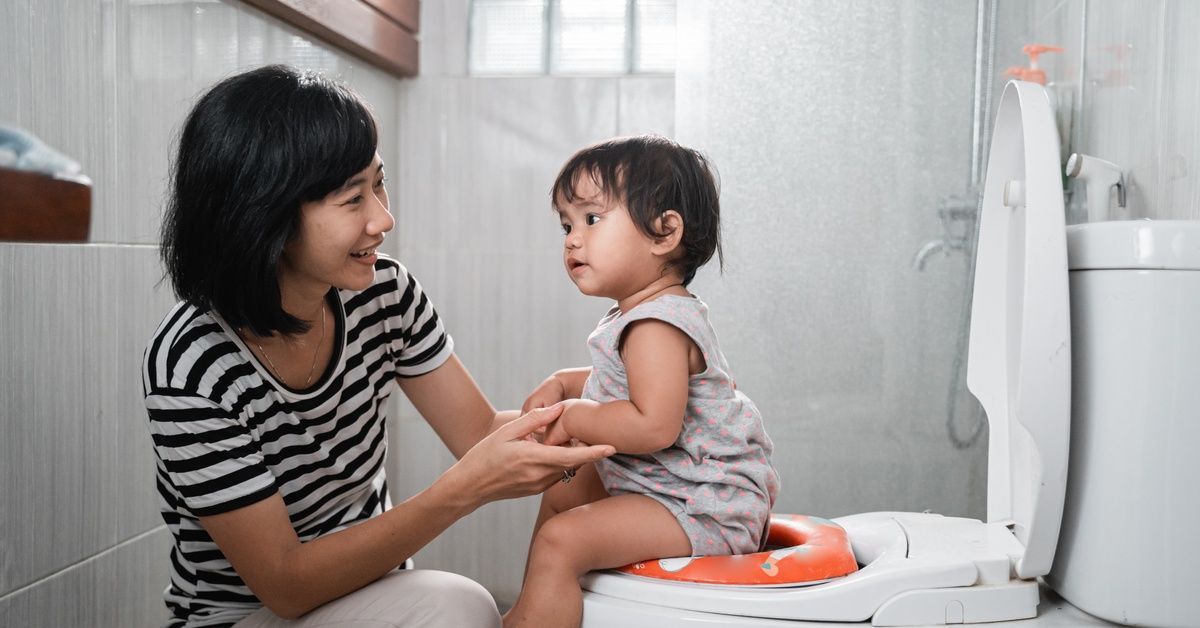How To Potty Train a Child With Autism: A Step-by-Step Guide
Potty training is a meaningful developmental milestone that encourages independence and confidence in children. For families of children with autism, the journey may come with unique challenges, but it’s absolutely possible with the right approach. By learning how to adapt strategies in supportive, thoughtful ways, parents can help their child succeed.
That’s exactly what we’ll cover in this step-by-step guide on how to potty train a child with autism. We’ll share practical steps that align with applied behavior analysis (ABA) principles, explain how to build structure into everyday routines, and highlight how ABA therapy empowers families, especially when paired with consistent support and parental involvement.
Understanding Potty Training Readiness
Determining readiness is a fundamental first step in the potty-training process. For children with autism, signs of readiness might not be as immediately obvious. Instead of relying on generalized milestones, readiness can take the form of following simple instructions, showing consistent interest in bathroom routines, or staying dry for short periods during the day.
However, remember that communication differences may affect how these signs appear. Understanding each child’s unique profile allows families to pinpoint readiness cues more accurately. Experienced ABA therapists can work collaboratively with parents to evaluate where the child stands. Therapists often bring valuable insight and tools, assessing readiness through observed behaviors and individual care plans.
Creating a Supportive Environment

The foundation of a successful potty-training experience is the environment. For children with autism, predictability and low-stress settings are key. Setting routines and visual schedules introduces structure so each step of the process is clear. Choosing a single, consistent bathroom and incorporating potty-related vocabulary through storybooks or visual aids helps familiarize the child further. Whether modeling the process themselves or showing videos tailored to the child’s needs, parents can make the training feel more natural.
Making the bathroom inviting is another critical component. Sensory sensitivities, such as bright lighting or loud flushes, can make the learning space stressful for a child with autism if left unadjusted. By modifying these elements, like dimming the lights or reducing noise levels, families can transform the bathroom into a safer, less intimidating environment.
Building a Routine
Creating a consistent routine is one of the most effective ways to support potty training for a child with autism. When bathroom visits follow a predictable rhythm, children begin to understand what’s expected, which reduces stress and increases confidence. Routine turns a new, sometimes overwhelming skill into a natural part of daily life.
Plan Potty Times With Schedules
First, choose regular times throughout the day for bathroom visits. Bringing your child to the bathroom at set intervals, such as after meals, before leaving the house, and before bedtime, reinforces the idea that using the toilet is a normal and expected part of the day. As your child becomes familiar with this rhythm, they’re more likely to anticipate and participate in the process with growing independence.
Children with autism often benefit from visual and sensory cues that make daily routines easier to follow. Visual schedules that outline each step of the process, along with timers or verbal reminders, help children understand when it’s time to use the bathroom. These tools make expectations clear, reduce surprises, and support the child in following through.
Monitor and Repeat
Keeping track of your child’s bathroom patterns is a valuable step in personalizing the routine. Pay attention to when your child typically stays dry or has accidents, then adjust the schedule accordingly. For example, if your child often needs to go late in the afternoon, you might add an extra bathroom break around that time.
Repetition strengthens understanding and confidence. By repeating the same steps in the same order each day, your child becomes more comfortable with what to expect. This consistency supports learning and creates a sense of security. As the routine becomes familiar, your child can begin taking more ownership of the process, moving toward greater independence over time.
Teaching Toilet Skills Gradually

Potty training requires precise steps, from pulling down one’s pants to washing one’s hands afterward. Children can benefit from task analysis, where complex activities are broken down into simpler tasks. Each step can be tackled incrementally. For instance, sitting on the toilet, reaching for toilet paper, or washing hands can all be taught one stage at a time.
With the guidance of ABA therapy, prompting, and positive feedback, the child develops gradual independence. Parents should implement reinforcement strategies like verbal praise or tangible rewards. When parents celebrate small victories, they also play a big part in keeping themselves and their child encouraged.
Responding to Challenges With Patience
Challenges during potty training are natural, particularly for children with autism. When accidents happen, staying calm creates a supportive atmosphere. Gently guiding the child back toward correct behavior without frustration keeps the process positive. Repetition and encouragement go a long way toward building trust and motivation in children with autism.
Occasionally, meltdowns or resistance may arise. Differentiate between avoidance-based behaviors and autism-specific meltdowns. Resistance may indicate discomfort, stress, or overstimulation, while meltdowns could signal an overwhelmed sensory system. Responding compassionately while reading the child’s cues builds understanding and nurtures emotional safety.
Generalizing the Skill
Once basic potty training is underway, the next step is to generalize these new skills to other settings. Moving beyond the home bathroom introduces children to different environments gradually. Practicing going potty in a relative’s house or public restroom, with preparation through visual aids or social stories, helps children adapt to varied spaces without fear.
Open communication and involvement within the family create a stronger support system. Siblings, grandparents, or other caretakers can contribute to the child’s progress by maintaining training practices. Open conversations with extended family relay the importance of consistent methods, which ultimately benefit the child’s long-term development.
When To Seek Extra Support
Sometimes, families can feel overwhelmed during potty training, no matter how structured their plan is. This is where collaborating with specialists such as a board-certified behavior analyst (BCBA) proves advantageous. BCBA-guided plans address a child’s unique profile and sensitivities, outlining actionable goals tailored to each individual.
Organizations like HANDS Center for Autism offer comprehensive outpatient services for families navigating challenges during potty training. Their professional network provides ABA training for parents, therapy sessions, and workshops aimed at refining strategies. When families feel supported at home and within the community, children experience faster and more sustainable growth.
Small Steps Lead to Big Milestones
Every child moves at their own pace, and each small step forward in potty training is a meaningful milestone. While the process may feel overwhelming at first, staying consistent and using supportive strategies helps your child gain confidence and independence over time.
Families who follow approaches like those outlined above can potty train a child with autism by implementing a structured routine and practicing patience. If your family is looking for personalized guidance, the team at HANDS Center for Autism is here to support you. Contact us today to explore how we can work together to create a plan that fits your child’s individual needs and promotes long-term success.






